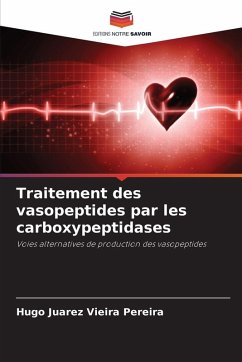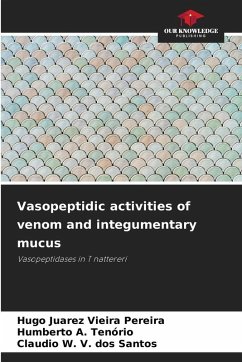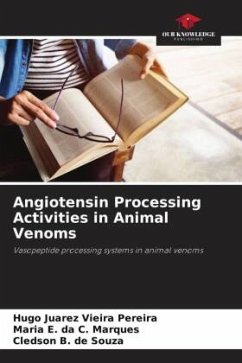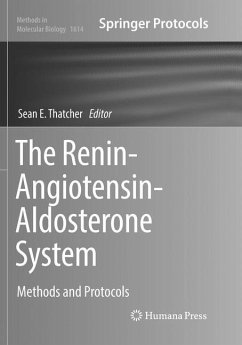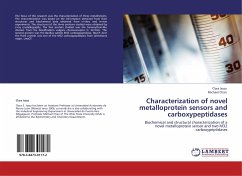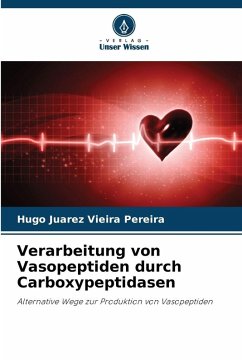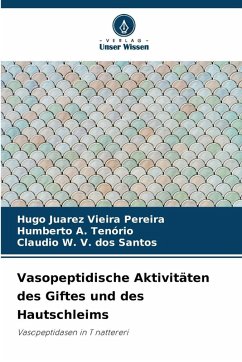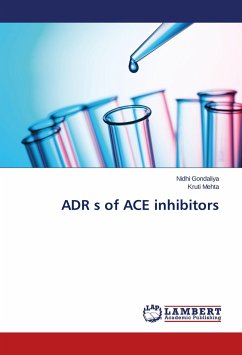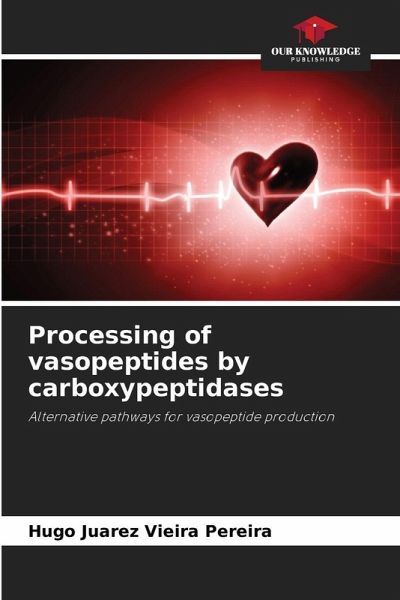
Processing of vasopeptides by carboxypeptidases
Alternative pathways for vasopeptide production
Versandkostenfrei!
Versandfertig in 6-10 Tagen
36,99 €
inkl. MwSt.

PAYBACK Punkte
18 °P sammeln!
The mesenteric arterial bed (MAB) is capable of secreting some soluble proteases that accumulate in the perfusion fluid. Our laboratory has been dedicated to characterizing these enzymes, among them elastase-2, previously described as a solely digestive enzyme, and now also presented as the main enzyme forming Ang II in rat MAB perfusate. In addition to this endopeptidase, carboxypeptidase activities were detected in this perfusate using synthetic substrates and vasopeptides such as ZVF, Ang I, and Bk. The des-Arg9-Bk-forming activity was recently characterized as CPB1. Once again, a protease ...
The mesenteric arterial bed (MAB) is capable of secreting some soluble proteases that accumulate in the perfusion fluid. Our laboratory has been dedicated to characterizing these enzymes, among them elastase-2, previously described as a solely digestive enzyme, and now also presented as the main enzyme forming Ang II in rat MAB perfusate. In addition to this endopeptidase, carboxypeptidase activities were detected in this perfusate using synthetic substrates and vasopeptides such as ZVF, Ang I, and Bk. The des-Arg9-Bk-forming activity was recently characterized as CPB1. Once again, a protease previously described solely as digestive was found to process vasopeptides in rat LAM perfusate. Thus, the objective of this study was to determine the enzymes capable of acting on the C-terminal region of angiotensins, cleaving aromatic and aliphatic residues.



